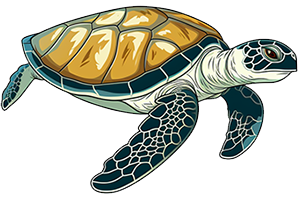Information is all around us, but very little of what we digest daily is in the form of a traditional textbook. Advertisements make use of large images designed to catch our attention followed by product information. Social networks, like Pinterest, and Instagram capitalize on our attraction to images as sources of information.
My biology textbook is three times the size of old textbooks from the 70’s, and a quick scan reveals that the pages are bigger, brighter and filled with colorful images. I’m always disappointed when a class discussion reveals that many of the students aren’t even looking at these pictures.
Analyzing text structures is a major theme of the common core literacy standards. It’s more than just reading in science, it’s looking at data, charts and information presented as pictures. We are fortunate to live in a time when these types of informational graphics are easy to find, on almost any topic.
Infographic Examples
Check out some of these infographics at
http://www.coolinfographics.com/
http://www.good.is/infographics/
http://dailyinfographic.com/

Images can be powerful and convey ideas in a brighter, bigger way than text can.
A daily or weekly infographic can be used to spark analysis and discussion. Discussions can include these questions:
What do you know about the topic in the first 5 seconds of looking at it?
- What are some of the details or facts you can learn from the graphic?
- What are details not included on the graphic? What could be added to it?
- Is the graphic intended to make you think about an issue, take a stand, or change your behavior? If so, is it effective?
You can also have students collect their own infographics and exchange them with other members of the class. You may want to give guidelines on the topic, but allow for some creativity. The following apps have templates for creating infographics.
Easel.ly – starts with themes where you can add text and images
Visual.ly – the create tool is is not very robust on this one, but it has huge amounts of infographics from all topics. The shark graphic on this page came from visual.ly
Canva – this application has much more than infographic templates, students can create posters, book covers, resumes, and brochures, useful for class projects
Piktochart – this one has a tool for inputting data into a spreadsheet which will convert it to a chart or a graph, great for infographic lab reports.
In one assignment, “The Infectious Disease Project,” I have students research any infectious disease and create an informative graphic to share with others.
Common Core Standards for Literacy in Science and Technical Subjects 6–12
5. Analyze how the text structures information or ideas into categories or hierarchies, demonstrating understanding of the information or ideas.
7. Integrate and evaluate multiple sources of information presented in diverse formats and media (e.g., quantitative data, video, multimedia) in order to address a question or solve a problem.

